
2012 national competition project #058 | cafeteria redesign
For this project we are finding flaws with our school cafeteria and concluding possible solutions to these given flaws.
The first of several problems is the walls. They are bricks and are painted over with white paint. I purpose that we do simpler and ascetic pleasing walls. My idea to fix this problem is to be creative and by doing so I’ve come up with the idea that maybe we should replace the existing walls with large tiles or another material that have designs on them that fit together to create a relaxing atmosphere, instead of looking at plain, boring walls and are not easy to clean. In addition to this idea on a more creative level giving the student the opportunity to be creative is by doing a wall of chalk. There can be a wall for students to draw with chalk and a chance for them to be creative. Another idea is to create window seats against the walls. This can create a smooth vibe for those who might just want to chat with friends against a window.
The second issue is the ceiling. The issue is that the tiles do not absorb sound; therefor the cafeteria is loud and noisy. A solution for this problem is to use acoustical sound reducing tiles that are in a pleasing pattern and also have an arced ceiling with windows on top almost like an overlook to the sky. With placing the windows it will create a nice view, can let sunlight in so the room doesn’t look so gloomy, and can also be solar powered windows to be more efficient. The arch can open up a room by creating more upper space, and is also maybe ascetic pleasing by using a material like wood.
The third issue I’m going to address is the tables we currently have. The round little tables we now have now are a flaw and should to be fixed. The tables are round and can sit about 6-7 students at a table. They are way too small. I’m thinking about placing tables that are bigger and have a different way of sitting by perhaps having swivel chairs.
The fourth issue is the lighting. The lighting in the cafeteria is not very good at all. It is too dim and dark and not very appealing to look at. I think a way to fix this is to have medium sized circle lights in rows and periodically have several larger hanging lights for a change that can have designs on them, so they don’t look boring but are bright enough to lighten the whole cafeteria up. Also with an arc from above in the spring and summer time the lighting from the windows on the ceiling will create great lighting as well.
The fifth issue is the outside space. Usually the seniors have the privilege of sitting outside for lunch. The seniors just sit on picnic tables sometimes in the yard and sometimes under the walking space to the school. The flaw is that seniors cannot sit outside year round when there is open land to build a space to sit. I think that it is pleasant being able to sit outside. With this being said I think that we should have a shelter built that connects to the cafeteria by double doors. It would be a large open shelter almost like a picnic shelter at parks but attached to the school. This is a way of using outside space available to the school.

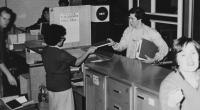


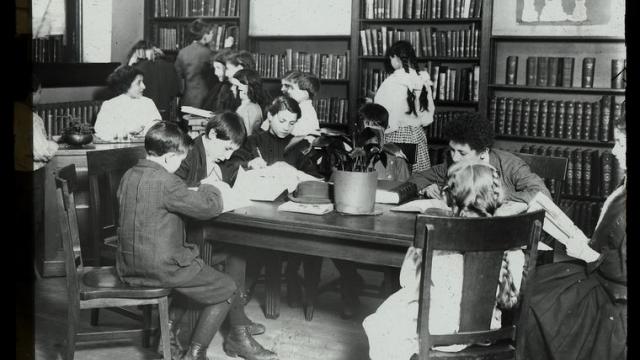
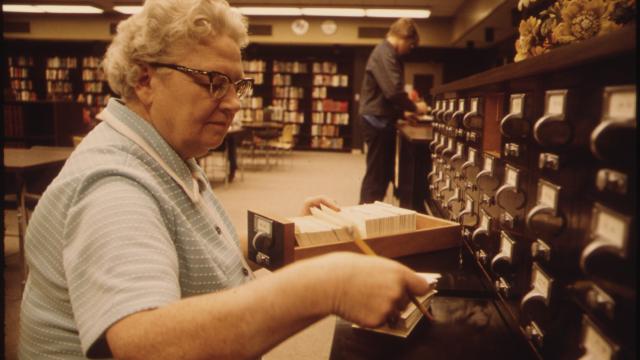
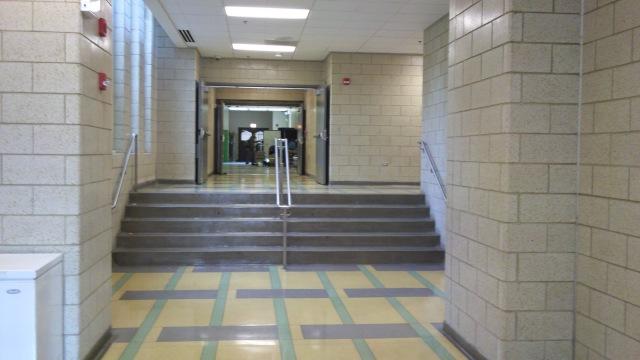









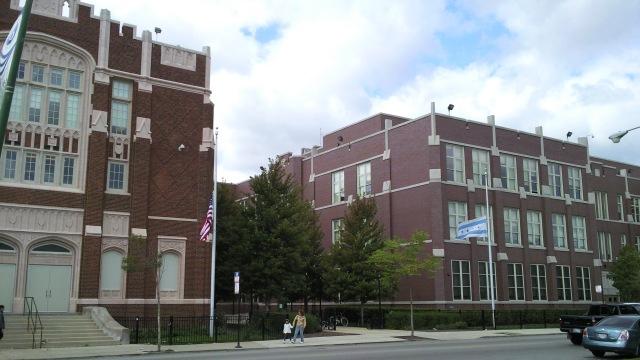

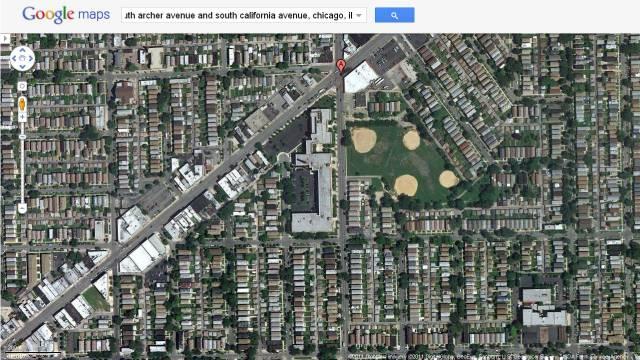















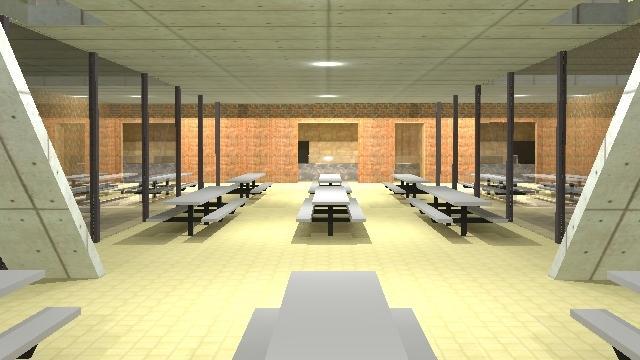

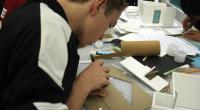

Comments
I like your thoughts. A chalk board is definately a unique idea. The chalk dust may be a problem in a cafeteria. Have you considered a white board solution instead?
Thank you. On my idea with the clalk board, it would not be jus chalk on a wall. I think it would be pleasing to the eye to have a decorative border around the wall and also on the bottom to catch some chalk dust and keep erasers. I have thought about a white board. My conclusion on that matter is markers are more expensive,the tips get pished in and are no longer no good, and markers have more of a chemical smell. Also, sometimes it is harder to erase things from a white board. Chalk can be messy on the hands and such but that all goes away with a splash of water. That is why i have decided to use a chalk board instead.